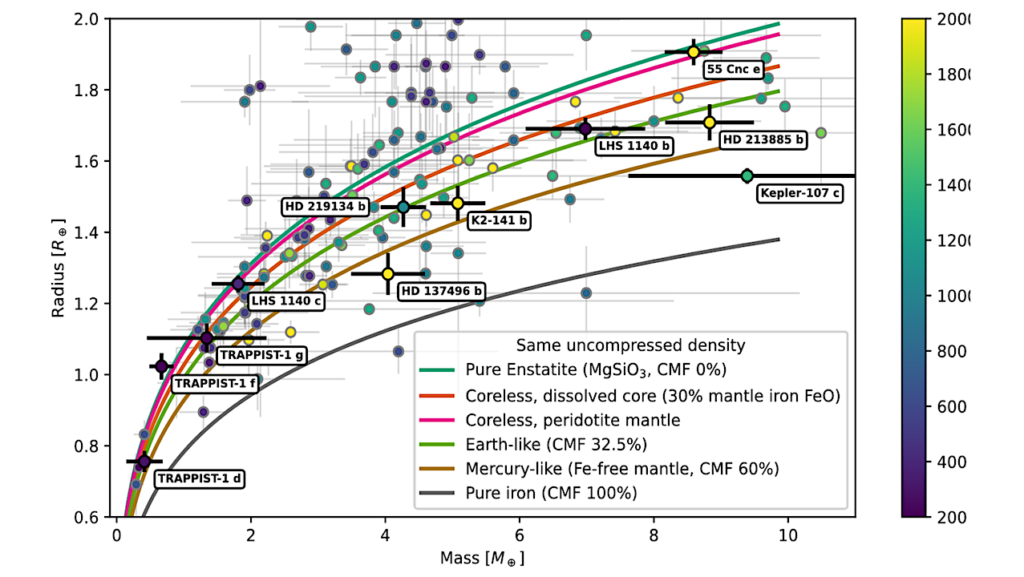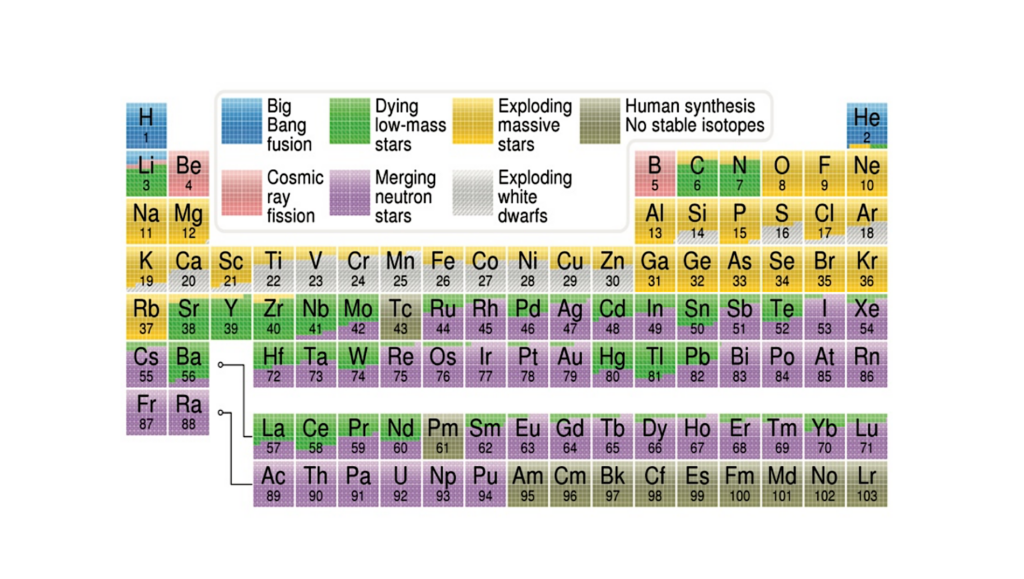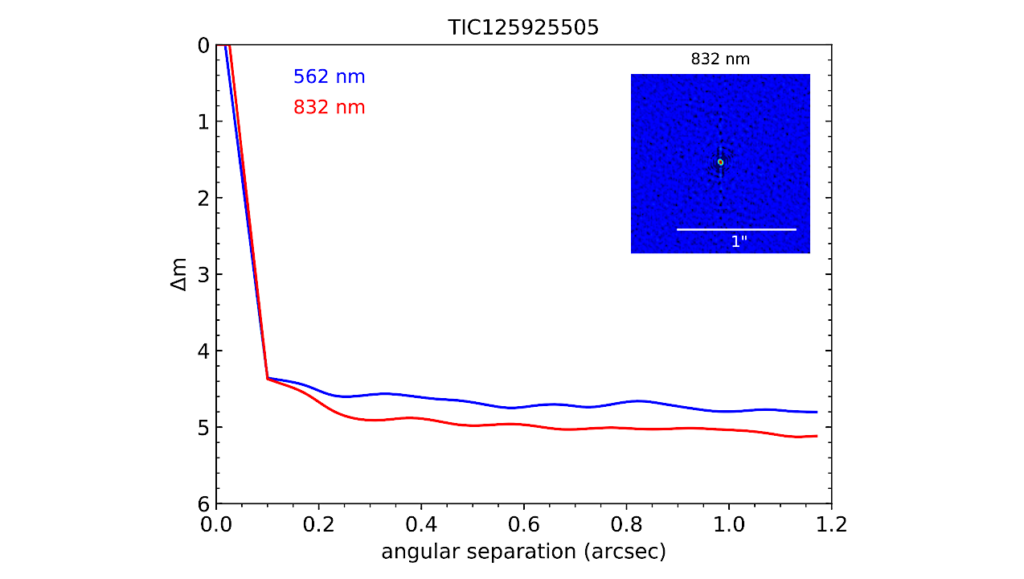Large Interferometer For Exoplanets (LIFE): III. Spectral resolution, wavelength range and sensitivity requirements based on atmospheric retrieval analyses of an exo-Earth

Temperate terrestrial exoplanets are likely common objects, but their discovery and characterization is very challenging.
Concepts for optimized space missions to overcome these challenges are being studied. The LIFE initiative focuses on the development of a space-based mid-infrared (MIR) nulling interferometer probing the thermal emission of a large sample of exoplanets.
We derive first estimates for the signal-to-noise (S/N), spectral resolution (R), and wavelength requirements for LIFE. Using an Earth-twin exoplanet as reference case, we quantify how well planetary/atmospheric properties can be constrained from MIR spectra of different quality.
We simulate LIFE observations of an Earth-twin orbiting a G2V star at 10 pc from the Sun with different levels of exozodiacal dust emissions. We combine a cloud-free 1D radiative transfer model and the nested sampling algorithm to retrieve planetary/atmospheric properties from input spectra of different wavelength coverage, R, and S/N.
We find that H2O, CO2, and O3 are detectable if S/N≥10 (uncertainty ≤±1.0 dex). We find upper limits for N2O (abundance ≤10−3). CO, N2, and O2 are unconstrained in all cases. The limit for a CH4 detection is R =50, S/N =10. We further correctly determine the exoplanet radius (uncertainty ≤±10%), surface temperature (uncertainty ≤±20K), and surface pressure (uncertainty ≤±0.5 dex). With the current LIFE design, the observation time required to reach the specified S/N amounts to ∼7 weeks with 4x2m apertures.
We conclude that a minimum wavelength coverage of 4−18.5μm, a R of 50 and an S/N of 10 is required. With the current assumptions, the atmospheric characterization of several Earth-like exoplanets at a distance of 10 pc and within a reasonable amount of observing time will require apertures ≥2 meters.
B.S. Konrad, E. Alei, D. Angerhausen, Ó. Carrión-González, J.J. Fortney, J.L. Grenfell, D. Kitzmann, P. Mollière, S. Rugheimer, F. Wunderlich, S.P. Quanz, the LIFE Collaboration
Comments: Re-submitted to A&A after a first iteration with referee; 18 pages (main text incl. 11 figures and 6 tables) + appendix; comments are welcome. This is the third paper of a series on the LIFE telescope. The first paper of the series is also available: arXiv:2101.07500
Subjects: Earth and Planetary Astrophysics (astro-ph.EP); Instrumentation and Methods for Astrophysics (astro-ph.IM)
Cite as: arXiv:2112.02054 [astro-ph.EP] (or arXiv:2112.02054v1 [astro-ph.EP] for this version)
Submission history
From: Björn S. Konrad
[v1] Fri, 3 Dec 2021 18:11:34 UTC (7,585 KB)
https://arxiv.org/abs/2112.02054
Astrobiology








